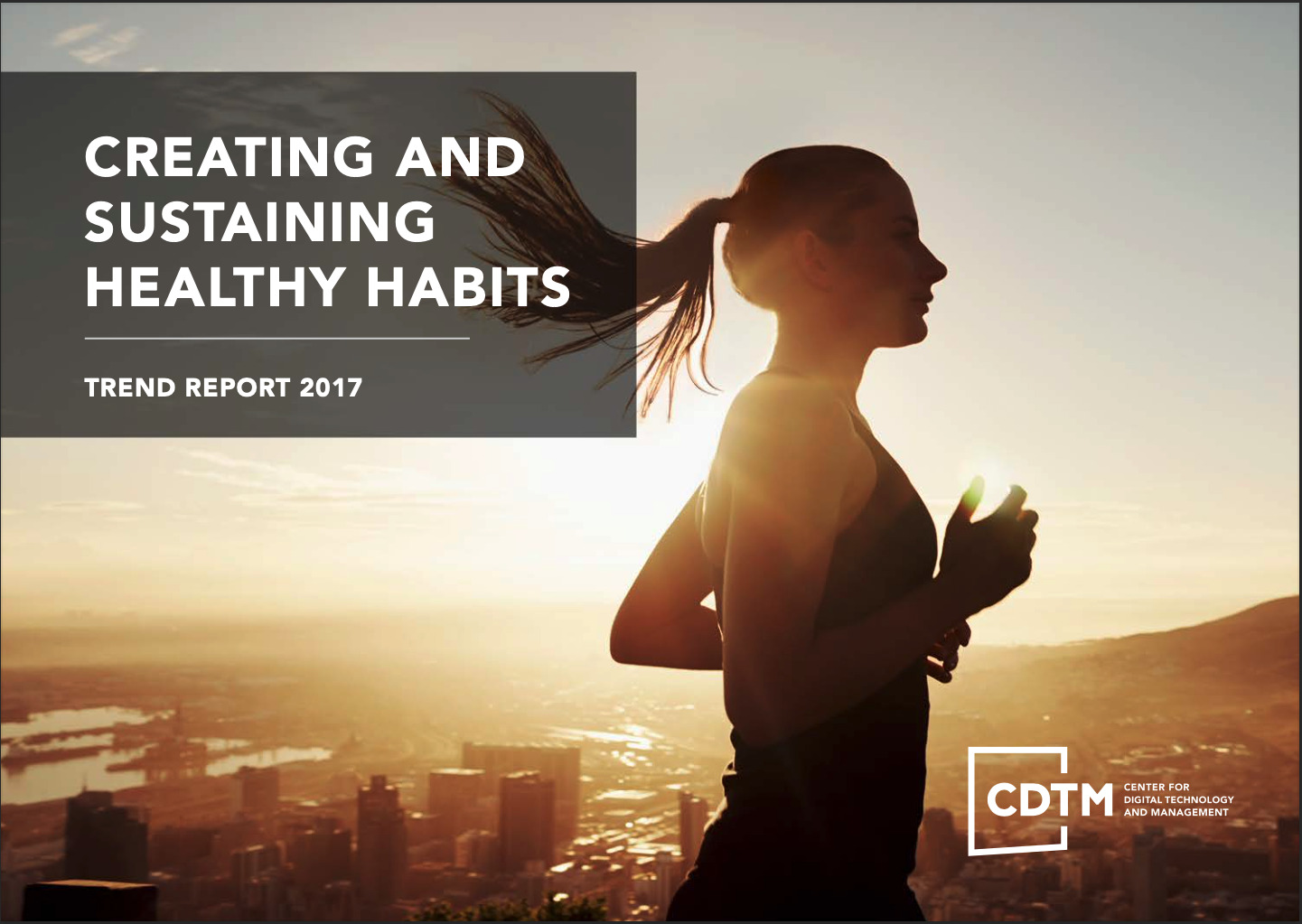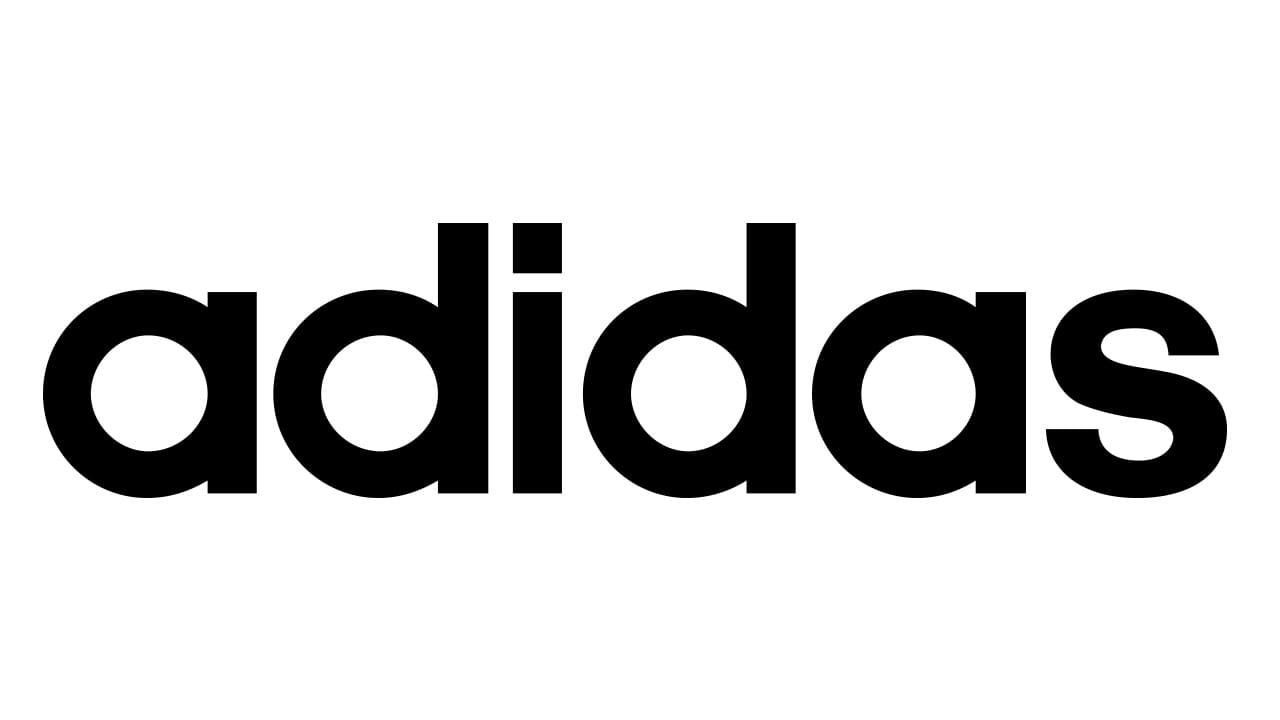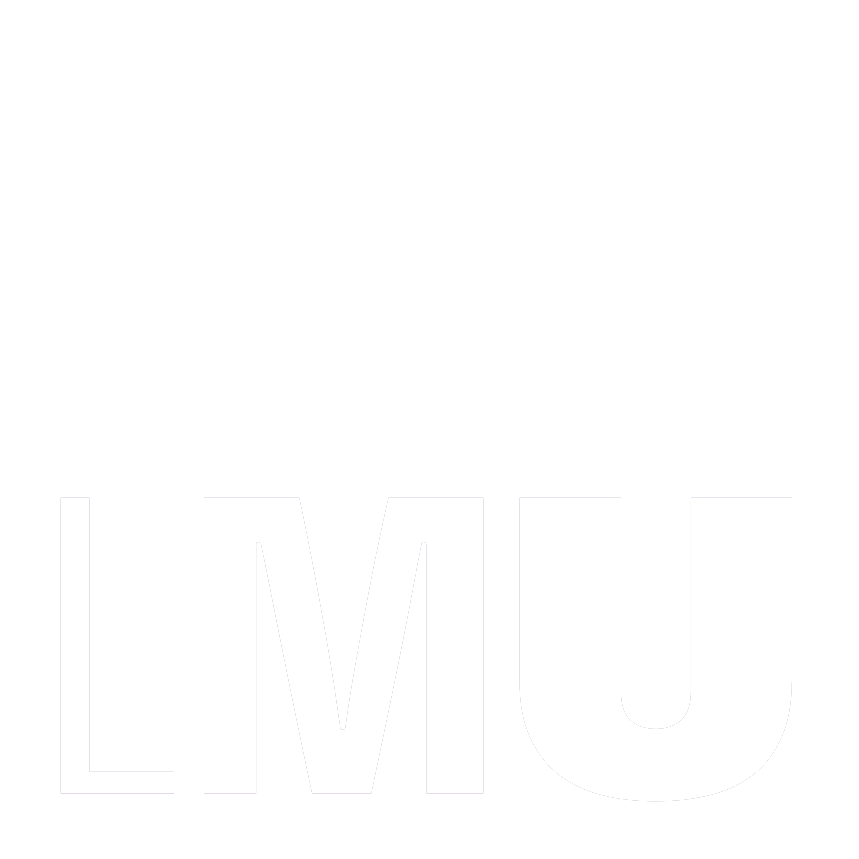
Creating and Sustaining Healthy Habits
Abstract
The increasing concentration of living and working space in urban environments is making it more and more difficult for people from any age group to engage in sports activities and practice healthy nutrition. Furthermore, through an increasing digitization of our daily life and an increasingly connected world, the border between work and spare time is becoming more and more indistinguishable. These trends lead to a growing urgency for innovative ways to create and sustain healthy habits – taking into consideration how people eat, move, and live mindfulness. This report presents trends in the field of healthy habits. From these findings, four scenarios are derived that vividly depict possible futures. In the final part, five business ideas are elaborated that propose novel ways to address the above mentioned challenges.
TRENDS
"Work-Life-Structure": How people spend their lives ultimately determines the way healthy habits can be created and sustained across the broader population. The structure of their daily routines will decide how to approach the problem of an unhealthy soci- ety, and affect any solution that wishes to influence healthy habits. The traditional “nine-to-five” worker will require a dif- ferent approach from those determining their own schedules. This spectrum, from the most rigid structures to full flexibility, pervades all aspects of life. It influences not only the events that take place in our day-to-day lives, but also where and how they occur – in areas as diverse as meal options, sports activities, and work contracts.
"Health Literacy": The term “health literacy” takes into account all forms of ed- ucation and experiences which lead to higher health aware- ness. This includes not only the ability to discern the differ- ence between healthy and unhealthy behavior but also the knowledge of how to implement the former and avoid the latter. Although health literacy does not directly guarantee the adoption of healthy habits, it removes the first and big- gest hurdle in establishing healthy habits i.e. health aware- ness. Furthermore, health literacy also includes the knowl- edge of short and long term consequences of healthy and unhealthy habits. This is an important enabler and motivator to pursue a healthy lifestyle. Many stakeholders can con- tribute to making the public health literate. These not only include governments and educational institutions, but also private organizations, such as news outlets, social media, and sports giants.
“Literate. Flexible. Free?” describes a world in which every- body has a fully flexible lifestyle, while being very health lit- erate. In the second scenario “Get Fit, or Die Tryin’”, people are also completely aware how to live healthy, yet they ad- here to a very fixed schedule which determines the way they spend both their working hours and their spare time. “Total Reset” illustrates a world with an extremely low health litera- cy and a very fixed lifestyle of people. This is directly reflect- ed in their everyday routine activities, which do not include health-related topics as important issues. The last scenario, “Careless Flexibility” describes a world in which people are as well not health literate but have a high personal flexibility, which leads to greatly varying lifestyles.
Business models
1. SIMPLANT: The body implant to drive healthy living through personalized real-time recommendations
2. CO-ENGAGE: Multi-sided booking platform for healthy activities including a buddy and reward system
3. TRAVELFIT: Helping people to discover healthy spots around the globe
4. MADE IT: Create healthy habits through daily challenges
5. VRENA: Challenge yourself



